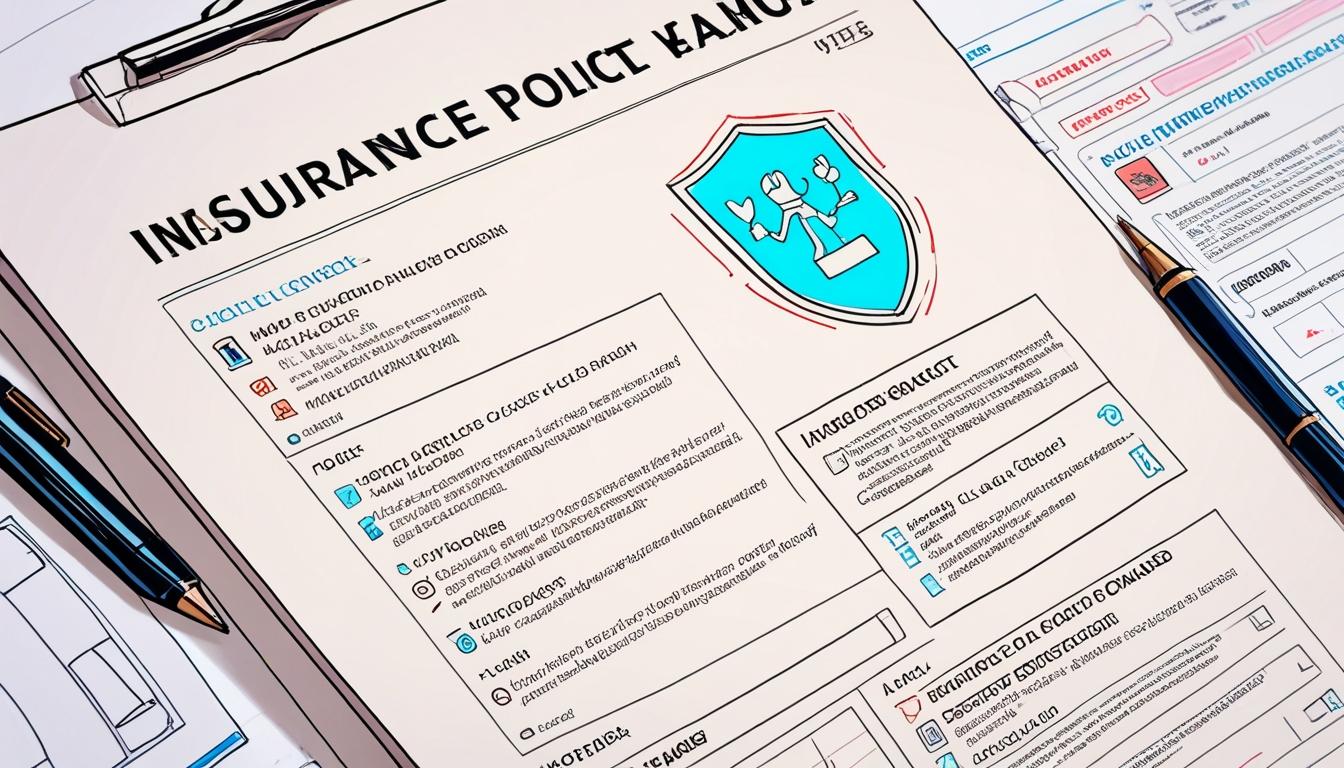Lloyd’s of London has taken a significant step into the rapidly evolving landscape of artificial intelligence (AI) by launching a specialised insurance product aimed at companies facing potential financial losses due to AI-related malfunctions. This initiative, created in collaboration with Armilla, a start-up backed by Y Combinator, reflects the increasing concern surrounding the risks posed by AI technologies. The product specifically addresses incidents involving AI-driven tools, particularly chatbots, which can make erroneous decisions or provide misleading information—phenomena commonly known as AI "hallucinations."
The launch comes as businesses have become more reliant on AI to enhance efficiency and reduce operational costs. However, the adoption of these technologies has not been without challenges. Incidents where chatbots have misled customers or made inappropriate comments—such as a well-publicised case involving Virgin Money—have underscored the potential financial and reputational damage stemming from AI errors. This trend has prompted Lloyd’s to respond proactively by offering coverage that not only addresses direct financial losses from these faults but also includes legal claims and damages, thereby offering companies a vital safety net as they integrate AI into their operations.
Armilla’s insurance policies represent a notable departure from traditional coverage, which often limits payouts or places low caps on claims related to AI errors. Instead, the new products will trigger compensation based on whether an AI system significantly falls short of its expected performance. This shift aims to mitigate the financial risks associated with the unpredictable nature of AI performance, thereby fostering greater adoption of artificial intelligence across various sectors. By doing so, Lloyd’s hopes to alleviate fears that have hindered some companies from fully embracing AI technologies.
Despite the promising advantages AI offers, the insurance industry remains cautious, given the challenges involved in accurately assessing and managing AI-generated risks. The CEO of NILG.AI, Kelwin Fernandes, emphasised the complex question of accountability: “If you remove a human from a process or if the human places responsibility on the AI, who is going to be accountable or liable for the mistakes?” This dilemma encapsulates the overarching need for companies to maintain human oversight alongside technological advancements, particularly in areas as critical as underwriting and claims processing.
Echoing this sentiment, Gianfranco Lot, chief underwriting officer at Swiss Re, highlights the imperative of balancing artificial intelligence with human inquiry. He warns against over-reliance on technology, noting instances of AI hallucinations leading to substantial errors that could jeopardise underwriting accuracy and expose firms to liability. This has raised the broader issue of how AI might inadvertently perpetuate biases, further complicating the landscape of risk assessment and claims management within the industry.
Amidst these discussions, there has been a surge of innovation in the insurance sector. Start-ups are increasingly developing advanced software that enhances data analysis, while traditional methods reliant on Excel are being scrutinised for their inefficiencies in handling large data sets—especially in real time. As new tools emerge to automate underwriting and risk pricing, it becomes crucial for insurers to adapt quickly while ensuring accuracy and accountability remain paramount in their decision-making processes.
As Lloyd's embarks on this new venture into AI insurance, it not only showcases a commitment to modernising its offerings but also reflects a deeper understanding of the complexities at play in the integration of AI within business operations. With its unique heritage and influence in the financial services sector, Lloyd’s holds a pivotal role in navigating the myriad challenges presented by this technological frontier. The success of Armilla’s insurance products will likely hinge on the ongoing management of these risks, as both the market and regulatory environments continue to evolve in response to the revolutionizing capabilities of artificial intelligence.
Reference Map
- Paragraphs 1, 2, 3: Sources 1, 2
- Paragraph 4: Sources 2, 5
- Paragraph 5: Source 5
- Paragraph 6: Sources 3, 7
- Paragraph 7: Source 4
Source: Noah Wire Services
